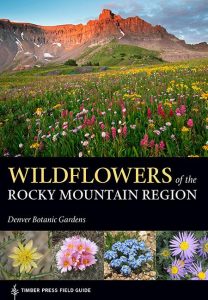
If you are the proud owner of some land covered in lawn, either in the form of a back garden or as a front garden, the fertilizer that you use on your lawn is an essential tool in the arsenal you deploy to make your grass the envy of the neighborhood. When choosing the nutrients that you feed your lawn with, you should not buy just any product – the choice needs to be preceded by some research to figure out what your lawn needs exactly. Here are some tips how to perform that research to find the best fertilizer for grass.
Understand Product Labels
Lawn fertilizers are usually composed of three ingredients, nitrogen, phosphorous and potassium, indicated on the product label as N, P and K, respectively. Each of the three elements plays a particular set of roles – nitrogen is essential for all plants as it is an important component in chlorophyll, the compound that plants use to harness the sun’s energy and to grow strong and tall; phosphorous plays an important part in cell division and new tissue growth, while potassium ensures the movement of water, carbs and other nutrients inside the plant.
Research Grass Species Suitable for Your Climate Zone
Grass varieties can be divided into species that thrive well in cold climates and types that grow better in warm climates. Either category includes several species that you will have to research one by one to find the variety that works best for your garden.
Know What Your Soil and Your Plants Needs
The next important aspect to research is the quality and the composition of your soil and how you can improve that soil quality to make it suitable for the type of grass that you want to use. The best way to figure that out is to take a soil sample and to get it analyzed in a lab – the test results will tell you exactly whether your soil suffers from any deficiencies and they will also help you find the fertilizer to correct those deficiencies.
Other Aspects to Research
Lawn fertilizers can also be divided into regular and slow-release products – while regular fertilizers require reapplication every 4 weeks, with slow-release products you can prolong that period to 6-8 weeks.
Fertilizers can also be categorized into synthetic and in organic varieties. Organic varieties are beneficial for both the plant and the soil and they ensure that only the optimal amount will be used by your grass, thus eliminating the risk of burning your plants and they are usually slow-release products. Synthetic fertilizers, on the other hand, take shorter to act (many of them are soluble in water and can be assimilated by the plants instantly) and can be used to give your plants a quick boost of energy, but their effects are not as long-lasting as the effects of organic products, therefore they need to be applied each month. Also, unlike organic varieties, synthetic fertilizers can also risk burning your lawn if not applied correctly, so make sure to pay great attention to the instructions on the label, or opt for the safer, organic option.

